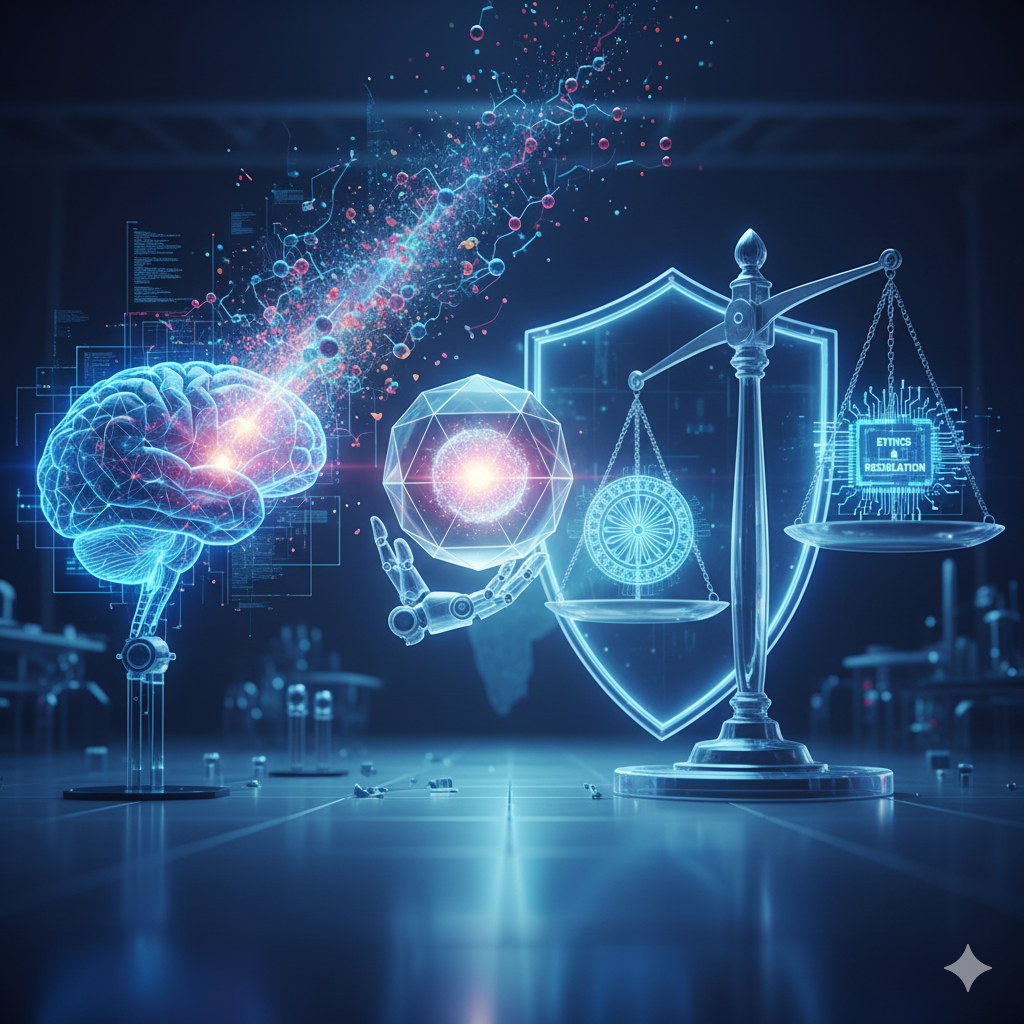
Key Highlights:
AI accelerates drug discovery: Cutting timelines from over a decade to 2-3 years while reducing costs by 30-50%
India’s growing market: AI in medical diagnostics market projected at 12.72% CAGR (2025-2034); global AI drug discovery market reaching $4-6.89 billion by 2027-2029
Regulatory gap exposed: India lacks AI-specific drug regulations unlike FDA’s 2025 guidance and EU AI Act, creating governance challenges
BioE3 Policy milestone: Government establishing Bio-AI Hubs and biomanufacturing infrastructure to position India as global leader
Privacy concerns critical: Digital Personal Data Protection Act 2023 implementation pending; Supreme Court’s Puttaswamy judgment (2017) establishes privacy as fundamental right
The AI Revolution in Pharmaceutical R&D
Artificial intelligence is fundamentally transforming how medicines are discovered, developed, and delivered to patients. Traditional drug development consumes 10-15 years and costs approximately $2.6 billion per drug. AI-powered approaches are collapsing these timelines to 2-3 years while slashing costs by 30-50%. assets.cureus
The global AI in drug discovery market, valued at $1.86 billion in 2024, is projected to reach $6.89 billion by 2029 at a remarkable 29.9% CAGR. India’s pharmaceutical sector, valued at $50-61 billion and contributing 20% of global generic supply, stands at a critical juncture to leverage this technology.

Target Identification Enhanced by Machine Learning
AI algorithms analyze genomic, proteomic, and metabolomic data to identify disease-causing proteins with unprecedented accuracy. Machine learning models predict drug-target interactions more reliably than traditional high-throughput screening, screening millions of compounds virtually and saving substantial time and capital.
Generative AI Designing Novel Molecules
Cutting-edge generative models—including Generative Adversarial Networks (GANs), Variational Autoencoders (VAEs), Transformers, and Diffusion models—are creating entirely novel drug molecules with desired therapeutic properties. These systems predict 3D protein structures (exemplified by AlphaFold), drug-protein binding affinities, and ADMET (Absorption, Distribution, Metabolism, Excretion, Toxicity) profiles in silico, dramatically reducing wet lab experimentation.
Drug Repurposing Accelerated
AI excels at identifying new therapeutic applications for existing FDA-approved drugs, leveraging established safety profiles to accelerate development timelines and lower costs. This approach proved particularly valuable during the COVID-19 pandemic.
Clinical Trial Optimization
Predictive modeling enables identification of suitable patient cohorts and stratification for precision medicine approaches. Real-time monitoring through wearables and IoT devices improves trial efficiency, while adaptive trial designs respond dynamically to interim results. The FDA recently approved the use of AI-powered “digital twins” to reduce placebo sample sizes in phase 2 and 3 trials.
India’s AI-Pharma Ecosystem: Current Landscape
Market Position: The Pharmacy of the World
India holds the third-largest pharmaceutical market globally by volume, contributing 20% of global generic drug supply. The domestic market, valued at $42-50 billion in 2021-2023, is projected to reach $120-130 billion by 2030. This “pharmacy of the world” supplies affordable medicines to over 200 countries and accounts for 60% of global vaccine manufacturing. imarcgroup pib.gov
Indian Companies Embracing AI
Several Indian pharmaceutical and IT companies are pioneering AI adoption:
Biocon integrates AI for drug screening, biologics manufacturing, and process optimization, enhancing efficiency and reducing costs through automation. The company’s digital transformation under Kiran Mazumdar-Shaw includes AI-driven drug discovery and operational excellence.
Strand Life Sciences operates India’s leading AI-powered genomics and personalized medicine platform. Founded in 2000, Strand provides next-generation sequencing, bioinformatics solutions (Strand NGS, Strandomics), and clinical diagnostics across oncology, rare diseases, and reproductive health. The company’s CancerSpot program uses methylation profiling for early cancer detection.
Wipro and TCS develop comprehensive AI solutions for pharmaceutical clients, including drug discovery platforms, clinical trial optimization, and knowledge management systems. TCS Innovation Labs shortlisted 31 AI-discovered drug-like molecules targeting SARS-CoV-2, demonstrating rapid response capabilities. Wipro’s AI 360 for Life Sciences enhances R&D, manufacturing, and commercial functions. indiaai.gov
iOncology AI Project represents a pioneering collaboration between AIIMS Delhi, C-DAC Pune, and the Ministry of Electronics & Information Technology. This AI-powered platform analyzes genomic, clinical, and histopathological data from cancer patients to provide personalized treatment recommendations. Trained on 500,000 images from 1,500 patients, the system achieves 75% accuracy in cancer diagnosis.

Government Initiatives Driving AI-Pharma Integration
BioE3 Policy (2024): India’s first biotechnology policy establishes biomanufacturing hubs and “Bio-AI Hubs” for scientific collaboration, promoting convergence of biotechnology and AI. The policy focuses on six strategic sectors: high-value bio-based chemicals, smart proteins, precision biotherapeutics, climate-resilient agriculture, and carbon capture.
IndiaAI Mission: Building an innovative, ethical AI ecosystem emphasizing responsible AI practices across sectors.
Ayushman Bharat Digital India Mission: Creating digital health infrastructure supporting AI applications and telemedicine.
IndiGen Programme: Genome sequencing initiative mapping genetic diversity of 1,029 Indians, providing data foundation for AI-driven drug discovery tailored to Indian population. The program enables carrier screening, pharmacogenomics, and precision medicine applications.
AIRAWAT Platform: India’s first AI-specific cloud computing infrastructure, ranked 75th globally with 200 AI Petaflops capacity, providing high-performance computing for pharmaceutical research. The platform supports over 65 startups, industries, and academic institutions with free GPU credits.
Global Regulatory Landscape: Comparative Analysis
United States FDA Framework
The FDA released comprehensive draft guidance in January 2025 titled “Considerations for the Use of Artificial Intelligence to Support Regulatory Decision-Making for Drug and Biological Products”. This framework establishes a seven-step risk-based credibility assessment for AI models used in drug development.
Key principles include fit-for-purpose AI models, adequate data quality, bias mitigation, interpretability, transparency, validation methodologies, and post-market surveillance. The guidance applies across nonclinical, clinical, postmarketing, and manufacturing phases but explicitly excludes AI use in drug discovery and operational efficiencies.
The FDA emphasizes model influence (extent AI impacts decision-making) and decision consequence (negative outcomes from incorrect predictions) as risk factors. High-risk applications face stricter standards for acceptance criteria and documentation.
European Union AI Act
The EU AI Act (passed March 2024) implements a comprehensive risk-based framework classifying AI systems into four categories: prohibited, high-risk, general-purpose, and low-risk.
High-risk AI systems used in medical devices (including drug development applications) face strict requirements:
- Mandatory conformity assessments
- Adequate risk management and data governance
- Human oversight mechanisms
- Transparency and logging requirements
- Detailed technical documentation
- Post-market monitoring and incident reporting
The pharmaceutical industry debates whether AI in medicines R&D should be classified as “high-risk,” with the European Federation of Pharmaceutical Industries and Associations (EFPIA) arguing this could discourage innovation through burdensome compliance.
International Council for Harmonisation (ICH)
ICH is developing global standards incorporating AI/ML into Patient-Focused Drug Development and Model-Informed Drug Development (MIDD) guidelines. The AI-enabled Ecosystem for Therapeutics (AI2ET) framework proposes shifting focus from AI-generated products to AI-enabled systems, platforms, and processes through risk-based decision pathways.
Six key policy recommendations emphasize international cooperation, regulatory definitions, and capacity building.
India’s Regulatory Gaps and Challenges
Outdated Regulatory Framework
India’s drug regulatory framework predates AI-driven systems, leaving critical questions about data reliability and public safety unaddressed. The Central Drugs Standard Control Organisation (CDSCO) currently lacks AI-specific provisions in the Information Technology Act, 2000, unlike EU AI Act or US FDA guidance.
However, CDSCO is evolving rapidly. In 2024-2025, the regulator approved India’s indigenous CAR-T cell therapy, implemented 99% digital processes, and explored AI integration for efficiency improvements. Draft guidelines for medical device software (including AI/ML applications) were released in October 2025, though industry seeks greater clarity on AI/ML evaluation.
CDSCO has achieved remarkable efficiency gains: drug test license processing reduced to 45 days (halved), export certifications completed in under 7 days, and select clinical studies approved with simple intimation.

Data Governance Issues
Privacy and Confidentiality: The Digital Personal Data Protection Act, 2023 implementation remains pending for pharmaceutical data. Healthcare entities must navigate fragmented regulations across sectoral frameworks while preparing for DPDP compliance. The Supreme Court’s landmark K.S. Puttaswamy v. Union of India (2017) judgment established privacy as a fundamental right under Article 21, emphasizing dignity and personal liberty. This creates stringent expectations for patient data in AI training.
Data Quality and Bias: Ensuring diverse, bias-free datasets representing India’s population is crucial for AI effectiveness. Algorithmic bias risks unfair outcomes and perpetuates health disparities. The IndiGen Programme’s 1,029 genome sequences provide a foundation, but scaling to represent 1.4 billion people requires substantial expansion.
Data Sovereignty: Cross-border data flows for AI training raise sovereignty concerns, requiring balance between international collaboration and data localization.
Transparency and Interpretability
The “black box problem” of deep learning models creates interpretability challenges. Explainable AI (XAI) frameworks remain underdeveloped, yet regulatory acceptance requires understanding AI decision-making processes. Rigorous validation methodologies and post-market surveillance mechanisms for AI-enabled products are essential but incomplete.
Intellectual Property Challenges
Fundamental questions remain unresolved: Who is the inventor when AI generates drug molecules—AI or human researchers? Patent eligibility for AI-generated molecules, data ownership, and licensing rights lack clarity. Simultaneously, cyber threats to pharmaceutical IP require AI-based protection systems.
Infrastructure and Capacity Constraints
High-performance computing and cloud infrastructure remain limited outside metropolitan areas. While AIRAWAT provides 200 AI Petaflops capacity, it’s insufficient for India’s growing pharmaceutical research demand.
A critical shortage exists of professionals trained in both AI and pharmaceutical sciences. Capacity building is essential for regulators, industry practitioners, and academia to navigate this convergence effectively.
Ethical Considerations
Informed Consent: How should consent be obtained for AI processing of patient data? Dynamic consent models are needed for evolving AI applications.
Accountability: Determining liability when AI makes erroneous predictions remains unclear. Human oversight requirements lack definition.
Equity and Access: AI-developed drugs risk being expensive and inaccessible to vulnerable populations. Ensuring equitable benefit distribution is non-negotiable for India’s healthcare equity goals.
India’s Opportunities: Becoming Global AI-Pharma Leader
Competitive Advantages
Cost Efficiency: India’s pharmaceutical sector is renowned for cost-effective production. AI further reduces costs, making India ultra-competitive globally.
Large Patient Population: India’s 1.4 billion population with diverse genetic makeup provides rich data for AI training. The IndiGen Programme mapping Indian genomes enables population-specific drug development.
Strong IT-Pharma Convergence: The confluence of robust IT expertise (TCS, Wipro, Infosys) with pharmaceutical manufacturing strength creates unique synergies.
Government Support: BioE3 Policy, IndiaAI Mission, Ayushman Bharat, and increasing public R&D funding create an enabling environment.

Strategic Niches for India
Generic Drug Innovation: AI optimizing generic formulations, improving bioavailability, and accelerating approvals.
Neglected Tropical Diseases (NTDs): AI discovering treatments for diseases affecting the Global South, positioning India as leader in affordable NTD therapies.
Personalized Medicine: Genomics-AI integration enabling tailored therapies for Indian population through precision oncology and pharmacogenomics applications.
Export Potential: AI-discovered drugs exported to global markets; licensing AI platforms to developing countries; South-South cooperation on AI-pharma innovation.
Governance Framework: Building Trust and Innovation
Regulatory Modernization
Risk-Based Approach: Adopt tiered regulation based on AI application risk level, inspired by EU AI Act. High-risk applications (clinical decisions) require stricter oversight.
Adaptive Regulation: Dynamic frameworks evolving with AI advancements through regulatory sandboxes for testing AI tools.
Clear Guidelines: Define AI roles across drug development lifecycle; establish standards for data quality, model validation, and documentation.
Data Protection and Privacy
Strict Compliance: Implement HIPAA-like health data regulations; enforce Digital Personal Data Protection Act, 2023 for pharma sector. Deploy consent management platforms for patient data.
Data Trusts: Multi-stakeholder governance models ensuring data stewardship; federated learning preserving privacy while enabling AI training.
Transparency and Accountability
Explainable AI Mandates: Require interpretable models for regulatory submissions; document AI decision-making processes.
Algorithmic Audits: Third-party assessment of AI models for bias and accuracy; regular post-market surveillance.
Liability Frameworks: Clarify responsibility among developers, deployers, and users; establish insurance mechanisms for AI-related errors.
Institutional Capacity Building
Regulatory Training: Train CDSCO and DCGI officials in AI fundamentals; establish specialized AI-pharma regulatory science programs.
Expert Committees: Form multidisciplinary panels (AI, pharma, ethics, law) advising on policies; create public-private working groups.
International Cooperation
Regulatory Harmonization: Participate in ICH AI guidelines development; establish bilateral agreements with FDA and EMA for mutual recognition.
Knowledge Sharing: Learn from EU AI Act and US FDA guidance while contributing Indian perspectives to global standards.
Public-Private Partnerships and Investment
R&D Funding: Increase government allocation for AI-pharma research; provide matching grants for industry AI adoption.
Infrastructure Development: Expand AIRAWAT to 1,000 AI Petaflops capacity; establish regional AI-pharma hubs. Operationalize Bio-AI Hubs under BioE3 Policy.
Startup Ecosystem: Create incubators for AI-pharma startups; provide venture capital support for deep-tech ventures.
Academic-Industry Collaboration: Foster joint research programs between IITs and pharmaceutical companies; strengthen technology transfer mechanisms.
Ethical Governance: Balancing Innovation and Responsibility
Ethical AI Principles: Implement fairness, accountability, transparency (FAT) framework; mandate human oversight (“human-in-the-loop”) for critical decisions. Apply beneficence and non-maleficence principles in AI healthcare applications.
Equitable Access: Ensure AI-discovered drugs remain affordable for Indian population; address urban-rural and socioeconomic divides in AI-healthcare access.
Patient-Centered Approach: Involve patients in AI governance through representation; educate patients on AI use in their treatment.
Social Impact Assessment: Evaluate AI’s effect on healthcare employment and equity; proactively mitigate negative externalities.
Way Forward: Policy Recommendations
Immediate Actions (1-2 years):
Establish AI-Pharma Regulatory Task Force under CDSCO; draft AI-specific guidelines for drug development; launch capacity building programs; create regulatory sandboxes for AI-pharma pilots.
Medium-Term (3-5 years):
Enact comprehensive AI in Healthcare Act; establish AI-Pharma National Centre of Excellence; deploy federated learning infrastructure; harmonize standards with ICH, WHO frameworks.
Long-Term (5-10 years):
Position India as global AI-pharma innovation hub; export AI-discovered drugs and platforms internationally; lead Global South in ethical AI-pharma governance; achieve self-reliance in AI-enabled drug development.
Conclusion: The Dual Imperative
AI is fundamentally transforming pharmaceutical R&D—accelerating drug discovery from over a decade to 2-3 years, reducing costs by 30-50%, and enabling personalized medicine. India is uniquely positioned to leverage AI for pharmaceutical leadership given its IT strength, 1.4 billion patient pool with genetic diversity, cost advantages, and government support through BioE3 Policy and IndiaAI Mission.
However, critical governance gaps threaten this potential: outdated regulations, data privacy concerns, transparency deficits, capacity constraints, and ethical uncertainties. The global landscape—with FDA’s 2025 guidance, EU AI Act, and ICH frameworks—provides models but requires Indian adaptation.
India’s opportunities are substantial: generic innovation, NTD treatments, personalized medicine for 1.4 billion citizens, and export potential. Yet realizing these requires a dual imperative: maximizing innovation while ensuring safety, ethics, and equity.
Policy priorities must include regulatory modernization (risk-based, adaptive frameworks), robust data protection (DPDP Act implementation), transparency mandates (explainable AI), capacity building (training regulators, researchers), and international cooperation (harmonization with FDA, EMA, ICH).
The BioE3 Policy and IndiaAI Mission provide foundational support, but implementation is crucial. Ethical governance is non-negotiable: patient privacy, algorithmic fairness, equitable access, and accountability must be embedded in every AI-pharma application.
AI in drug discovery represents the nexus of science, governance, ethics, and economics—a multidimensional challenge requiring holistic understanding. The race to innovate must be matched by the race to govern, ensuring AI serves humanity’s health needs, not just commercial profits.
India’s pharmaceutical prowess, when combined with AI capability and ethical governance, can democratize drug discovery globally—developing affordable, safe, effective treatments for diseases affecting millions worldwide. This is not merely technological advancement but a transformative governance challenge requiring foresight, collaboration, and unwavering ethical commitment.
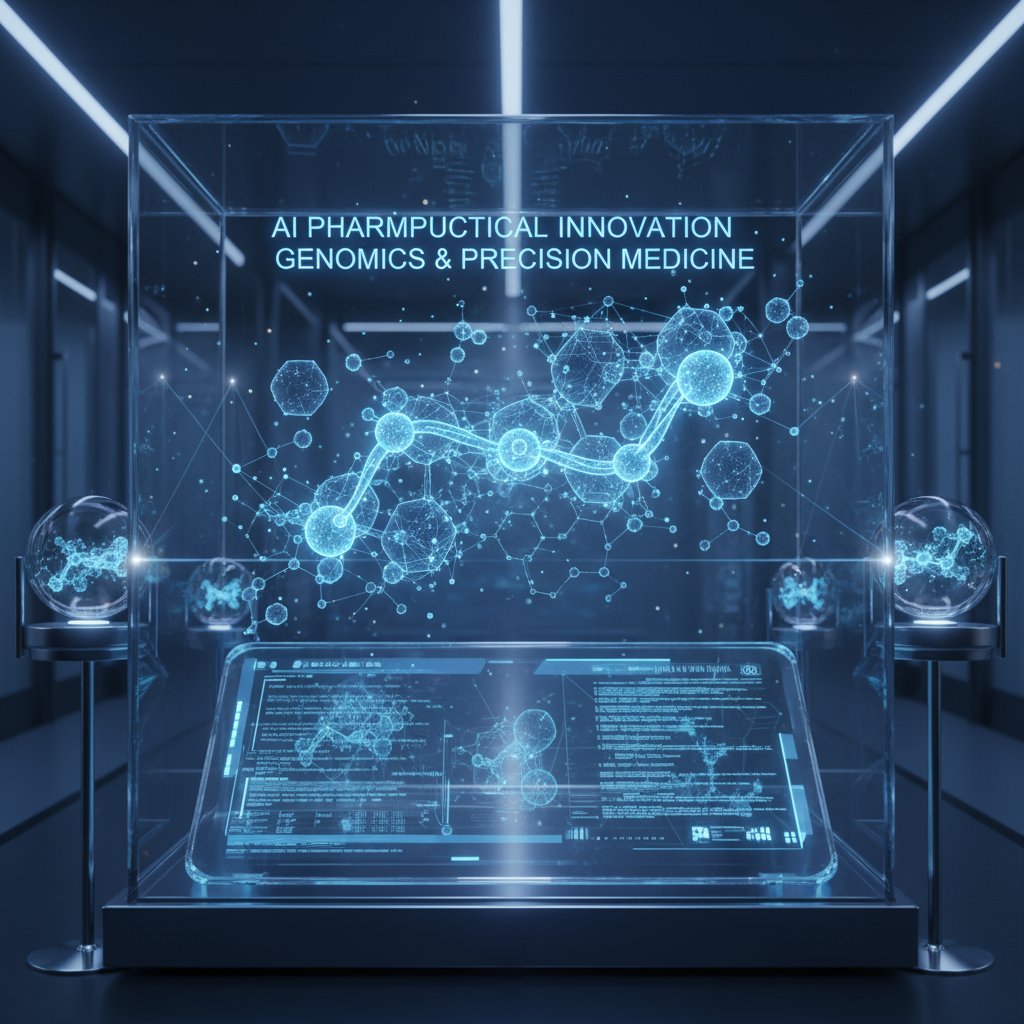
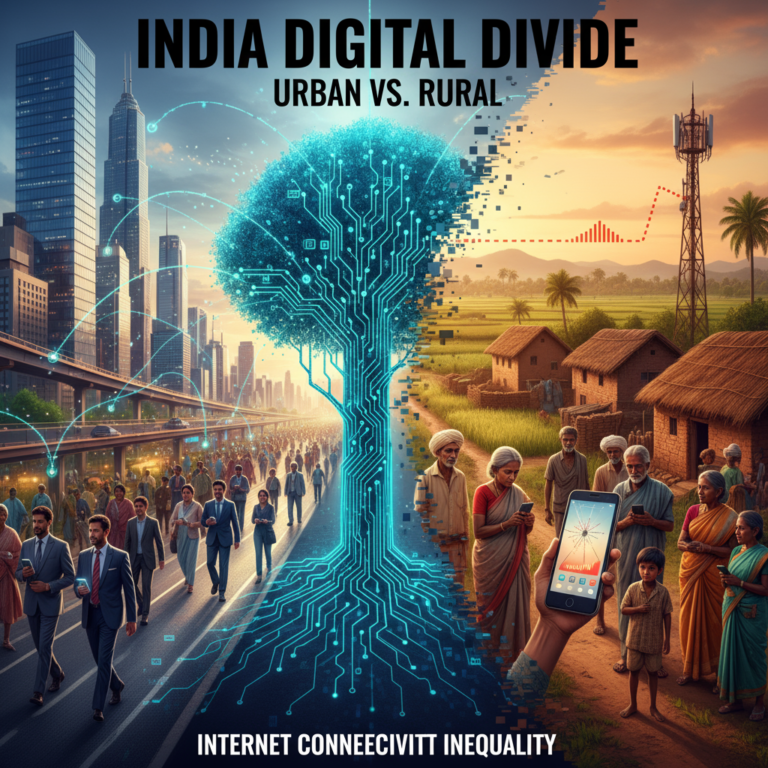


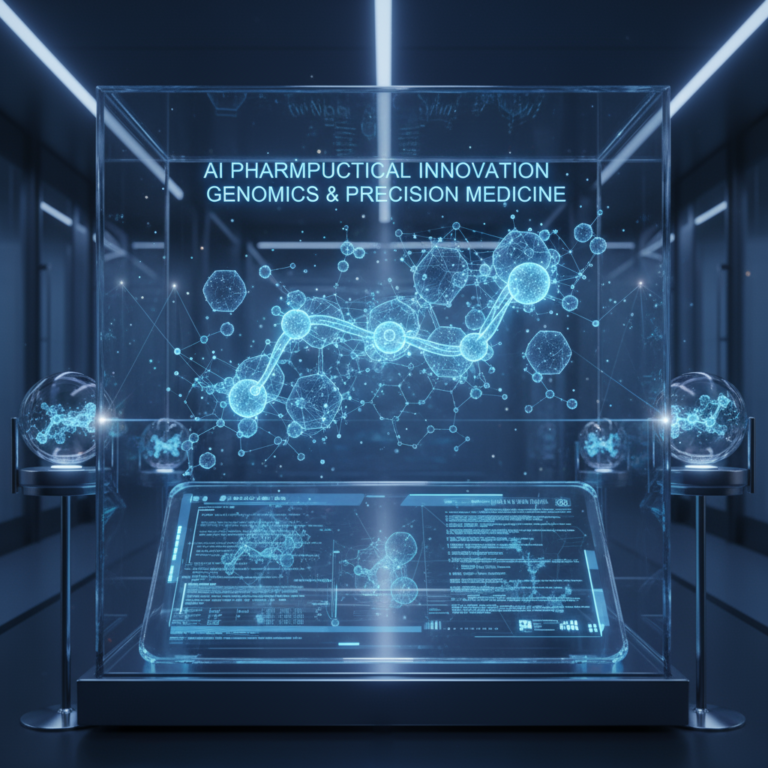

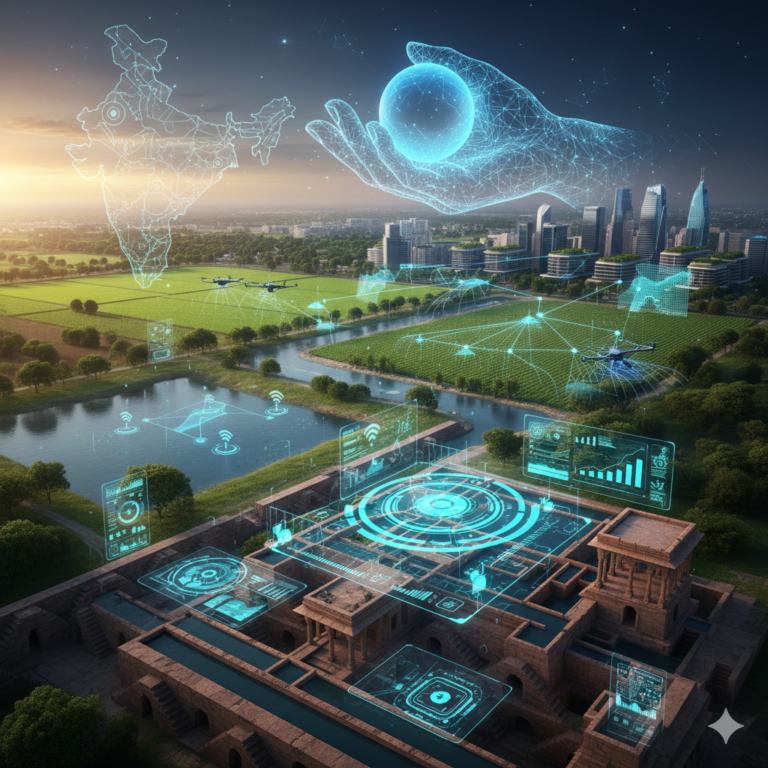


+ There are no comments
Add yours